
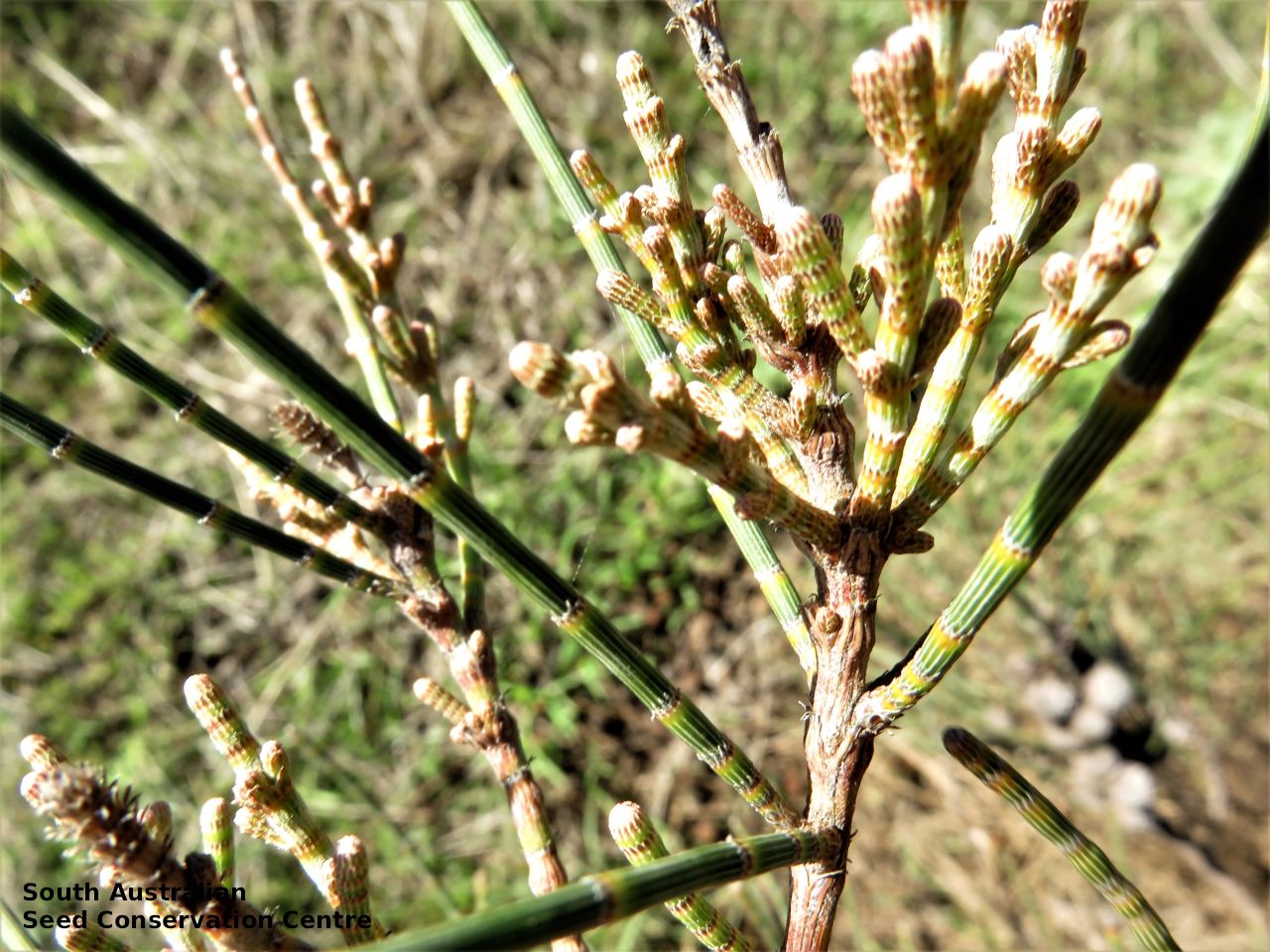





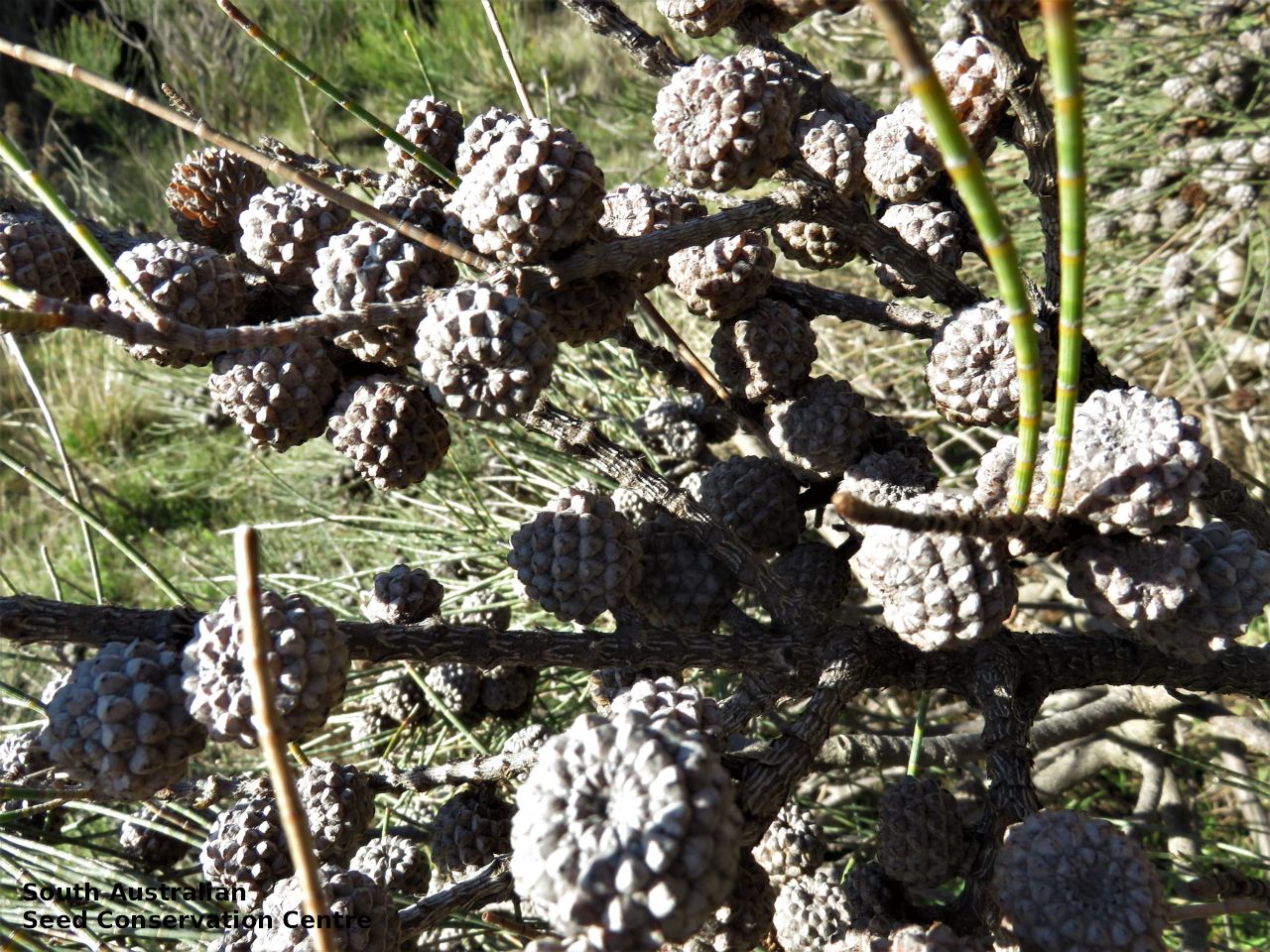
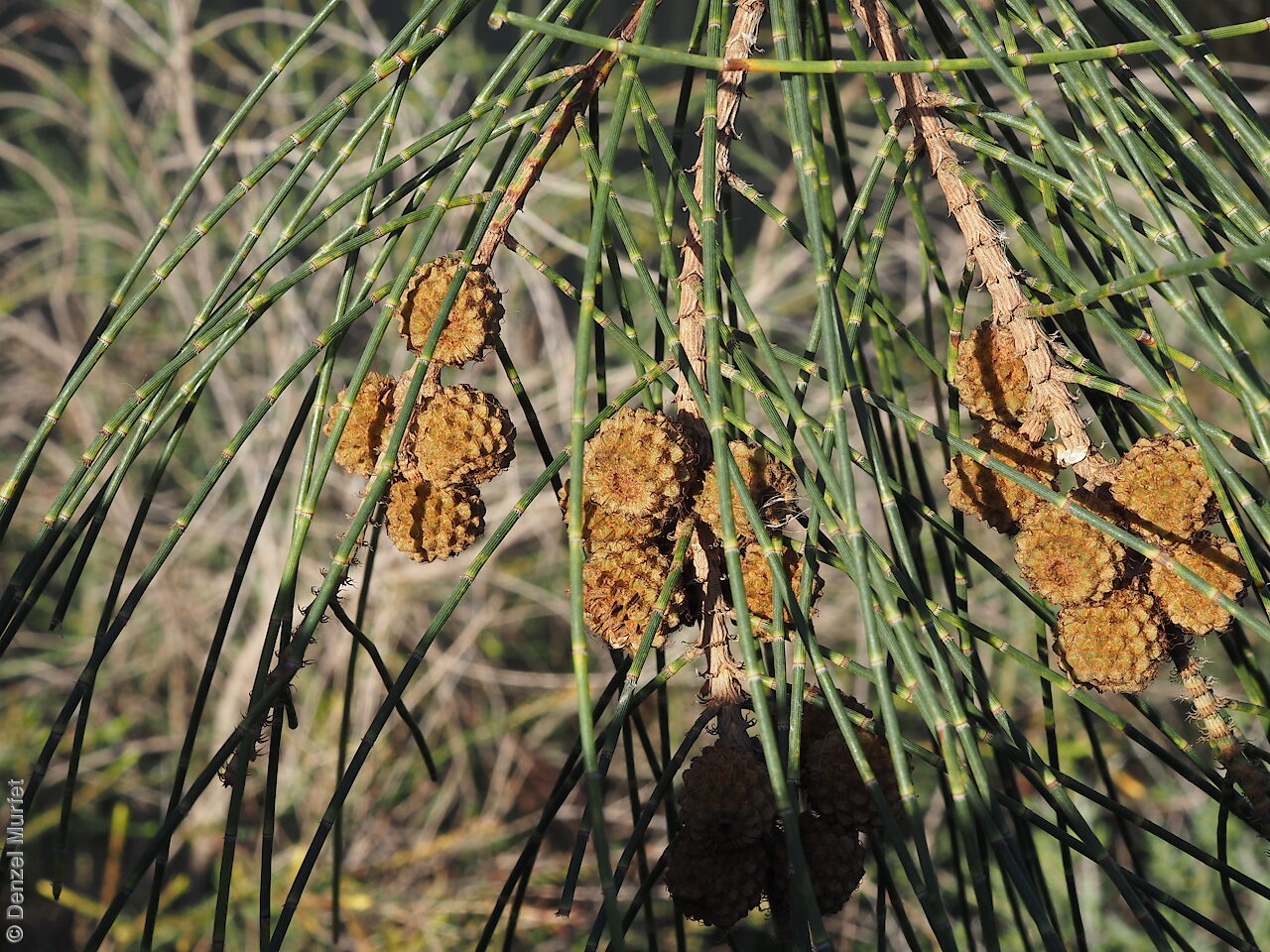
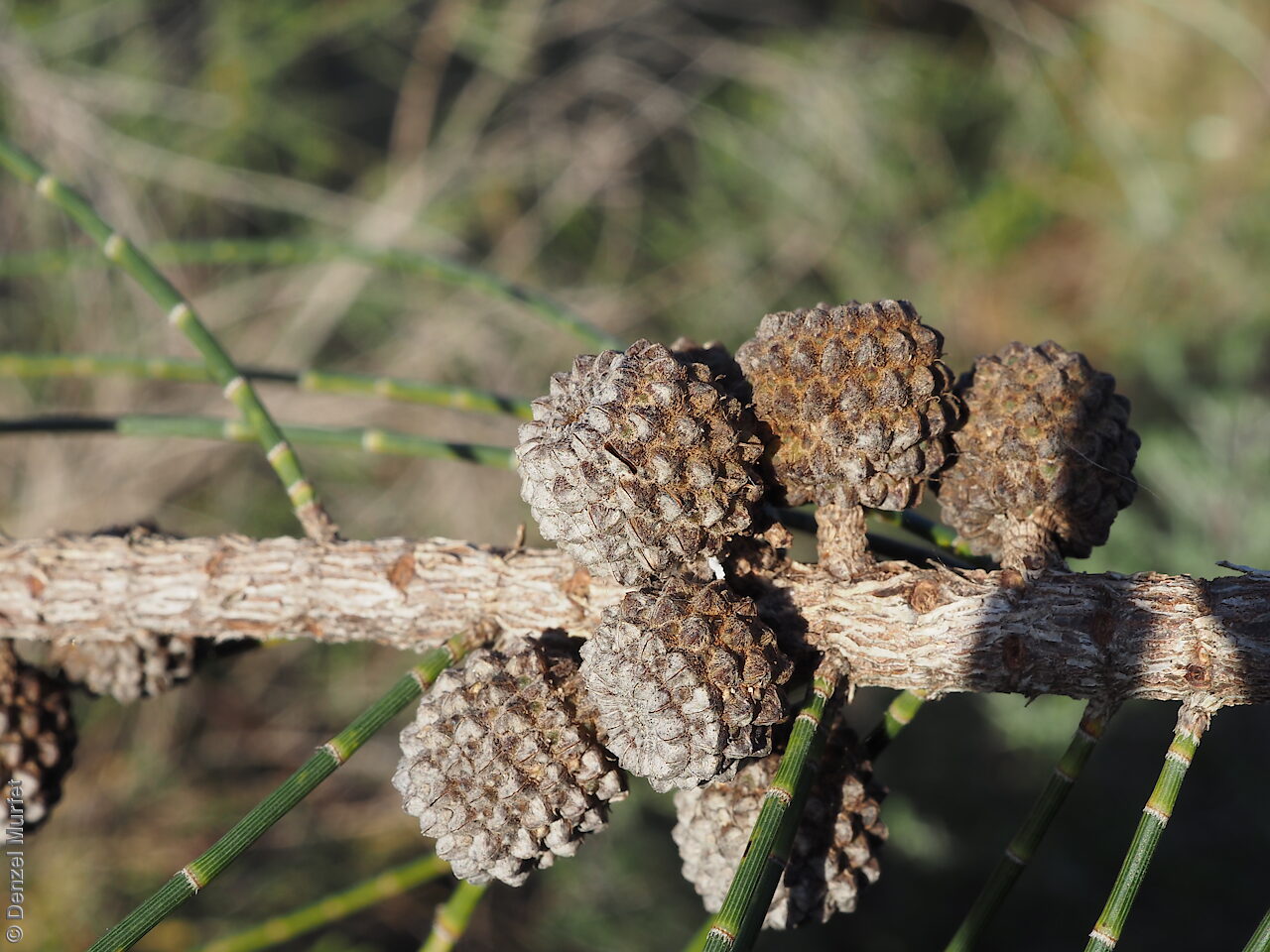
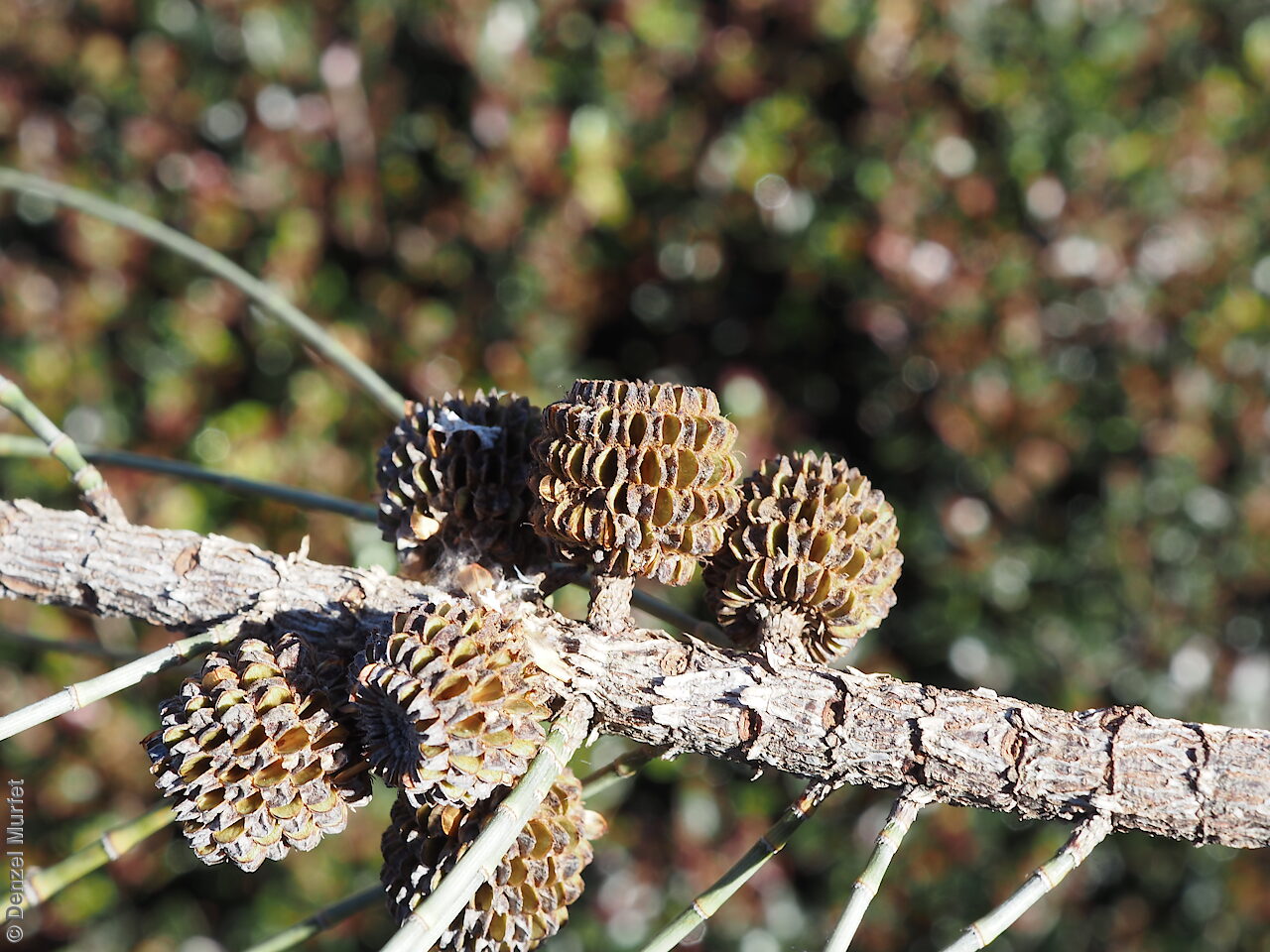
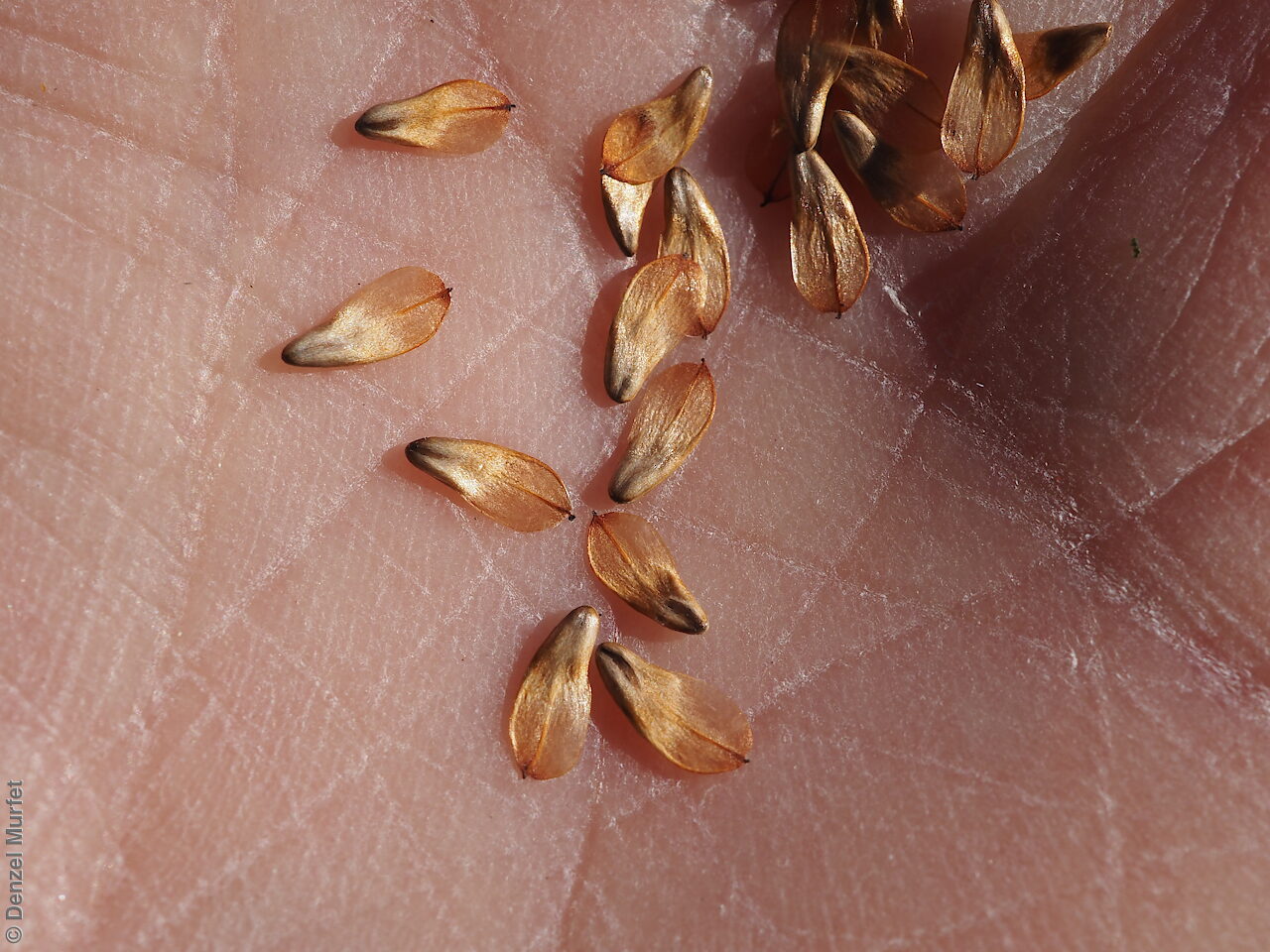
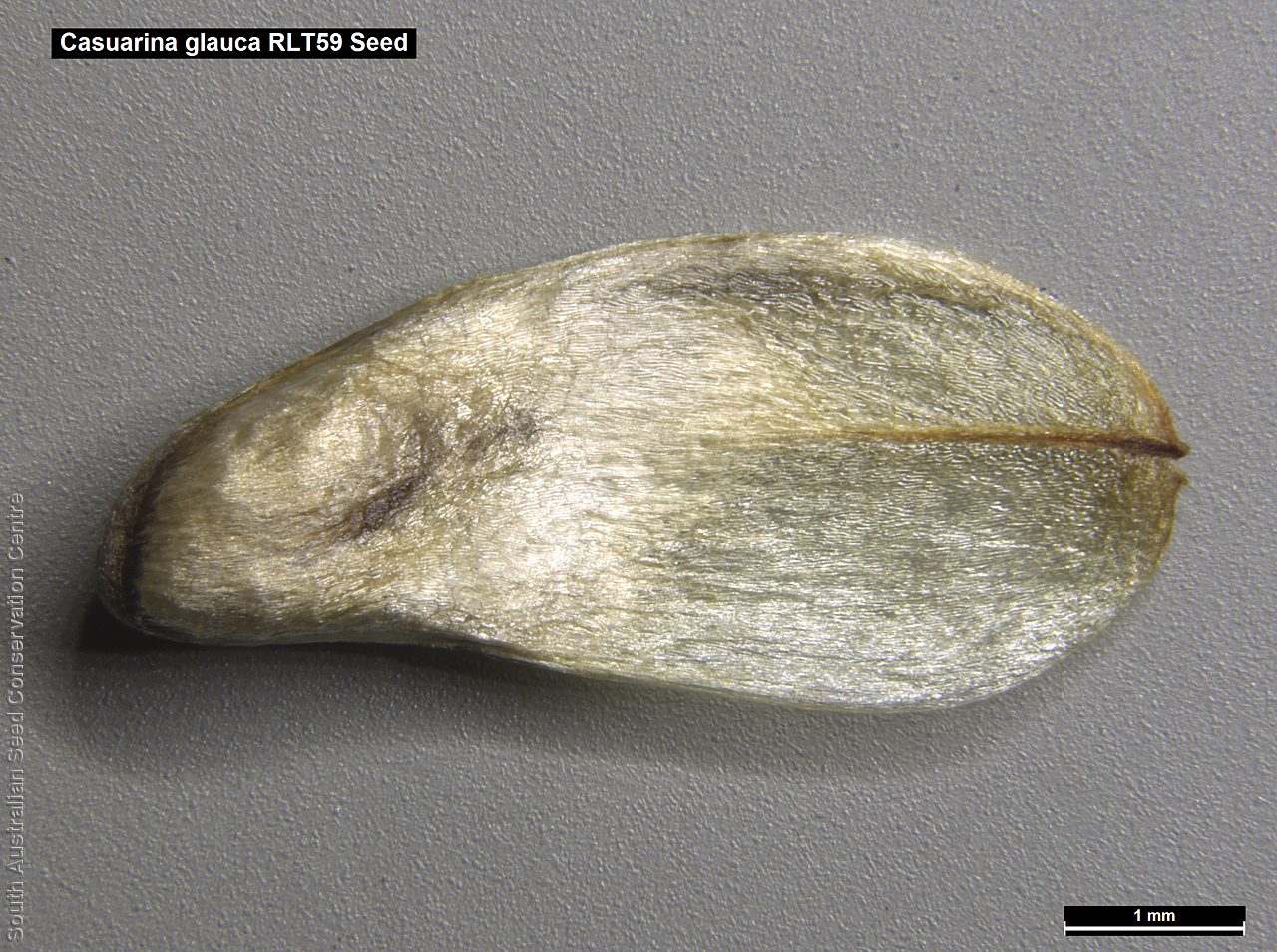
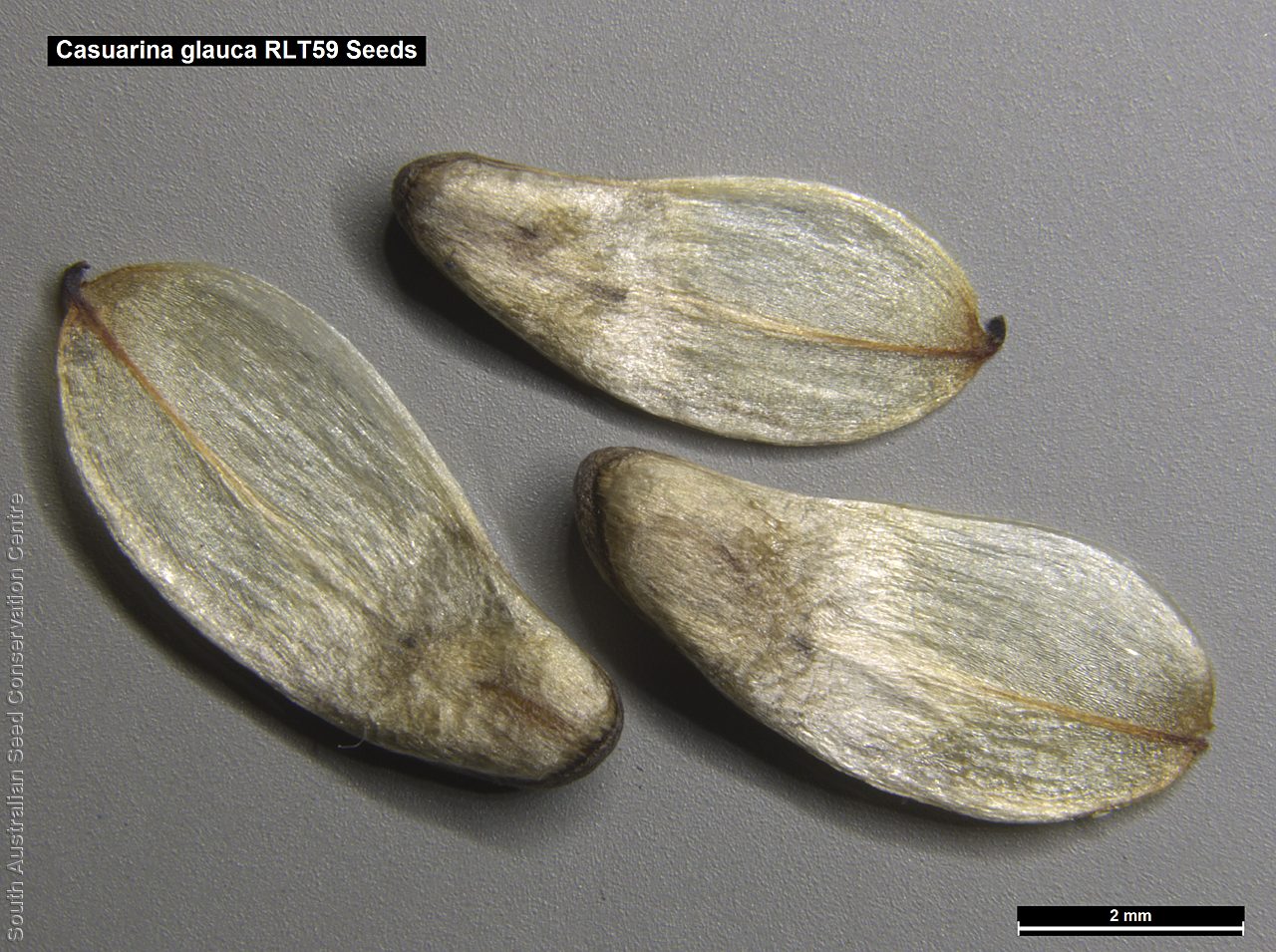


Common names
Swamp Oak
Guman
Grey Buloak
Etymology
Casuarina was first used by Rumphius (1743) in allusion to the supposed resemblance of the "foliage" of Casuarina equisetifolia to the plumage of the Cassowary, which is from the Malay 'kesuari', later being Latinised as Casuarius. Glauca from the Latin 'glaucus' meaning bluish, alluding to the appearance of the plant.
Distribution and status
Native to coastal regions of Queensland and New South Wales. Introduced into South Australia and has been recorded from southern South Australia growing as an ornamental and sometimes planted for soil stabilisation and shelter belts near creeks and rivers. Also introduced to Western Australia and Victoria. Introduced and common in South Australia. Introduced to Western Australia and Victoria. Native and common in Queensland and New South Wales.
Herbarium regions: Flinders Ranges, Eyre Peninsula, Northern Lofty, Murray, Yorke Peninsula, Southern Lofty, South Eastern, Green Adelaide
AVH map: SA distribution map (external link)
Plant description
Tree to 20 m high frequently producing root suckers; finely fissured, scaly, grey-brown bark and spreading to drooping stems (look like leaves) to 38 cm long. Stem segments (articles) to 20 mm long and 1.2 mm diameter; glabrous, occasionally waxy with flat to slightly rounded ridges. Teeth (reduced leaves) 12–17 to 0.9 mm long, erect, recurved on new shoots. Male spikes to 4 cm long. Cones rusty to white hair, becoming glabrous, with cone body to 18 mm long and 9 mm diameter. Fruits are woody cylindrical cone, (covered in rusty or white hairs but becoming glabrous later), with numerous large protruding valves. Seed embryo type is investing.
Seed collection and propagation
Collect seeds between January and December. Cones can be collected any time, as mature cones remain on the female plant. Collect cones that have closed valves from the lower part of the stem as these are more mature. Place cones in a tray and leave to dry for 2-3 weeks. This will allow the valves to dry and open releasing the seeds. Place the dried cones in a bucket and shake gently to dislodge the seeds. Use a sieve to separate seeds from the unwanted material. Store the seeds with a desiccant such as dried silica beads or dry rice, in an air tight container in a cool and dry place. Seeds are non-dormant, viable seed should germinate readily.